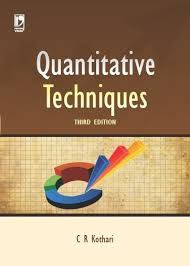
QUANTITATIVE
TECHNIQUES

QUANTITATIVE
TECHNIQUES
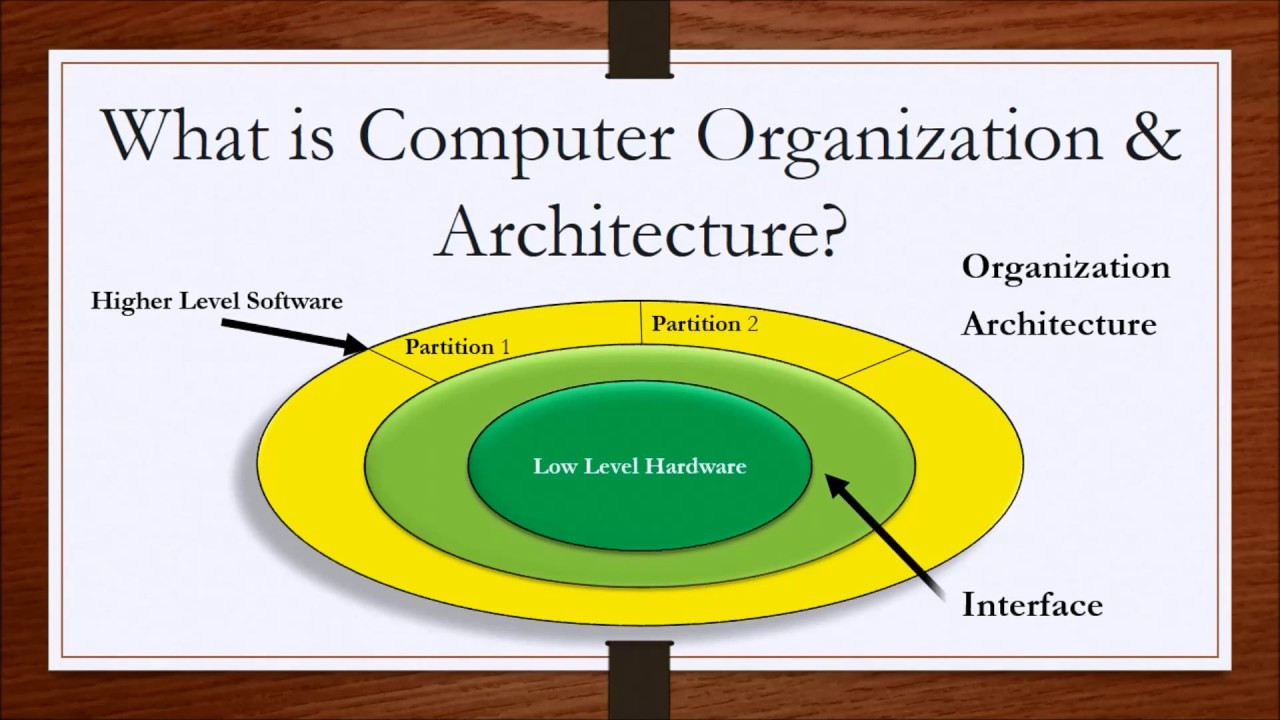
COMPUTER ORGANISATION AND ARCHITECTURE
UNIT CODE: ICT/CU/CS/CR/01/6/A
Relationship to Occupational Standards
This unit addresses the unit of competency: Understand Computer Organization and
Architecture
Duration of Unit: 140 hours
Unit description
This unit covers the competencies required to understand computer organisation and
architecture. It involves understanding principles of computer organisation and design,
understanding central processing unit functions, understanding computer memory
organization, understanding input-output functions and understanding computer arithmetic
and logic.
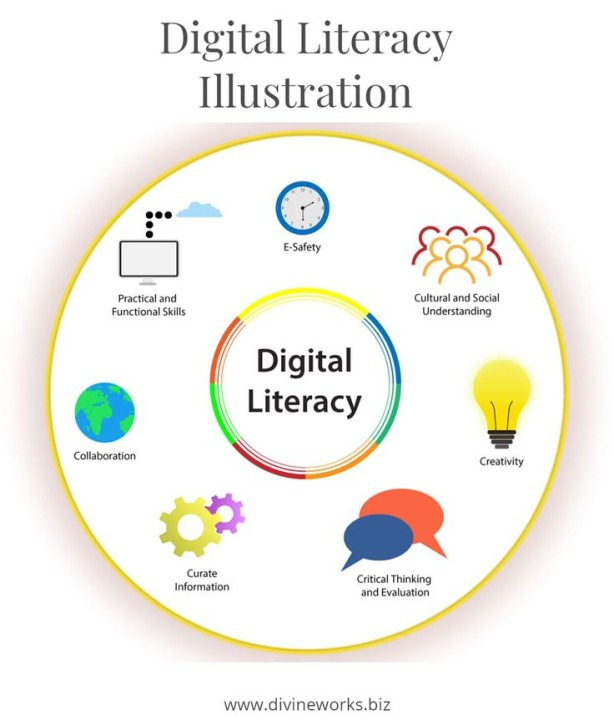
This unit covers the competencies required to effectively using digital
devices such as
Smartphones, tablets, laptops and desktop PCs. It entails identifying and
using digital devices such as smartphones, tablets, laptops and desktop PCs
for purposes of communication, work performance and management at the
work place.

This unit describes the competencies required in installing computer software. It involves
Identification of software to be installed, installation of the software, and configuration of the
software, software testing, user training and software maintenance
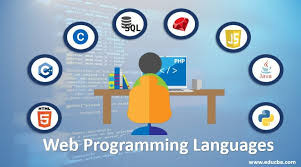
This unit covers the competencies required to demonstrate web design skills. It involves understanding HTML basics, using HTML elements, demonstrating web page formatting, applying styles, understanding JavaScript basics, using JavaScript data types, using JavaScript functions and using JavaScript libraries.
INTRODUCTION
This course unit is aimed at equipping the trainee with knowledge and skills that will enable him/her to perform management functions in an organisation.
GENERAL OBJECTIVES
By the end of this course unit, the trainee should be able to:
a) explain and apply the management function in an organisation.
b) assist managers at various levels in an organisation.
c) appreciate the role played by management in development
d) cultivate a sense of entrepreneurship
e) appreciate the importance of purchasing and supplies management in
information technology
f) undertake marketing activities in Information Technology sector.
UNIT CODE: IT/OS/ICT/CR/3/5
UNIT DESCRIPTION 
This unit covers the competencies required for performing computer repair and maintenance using diagnosing, repairing and maintenance tools. It involves performing troubleshooting, dismantling of faulty components, repairing/replacing faulty components, up gradation and testing of computer functionality.
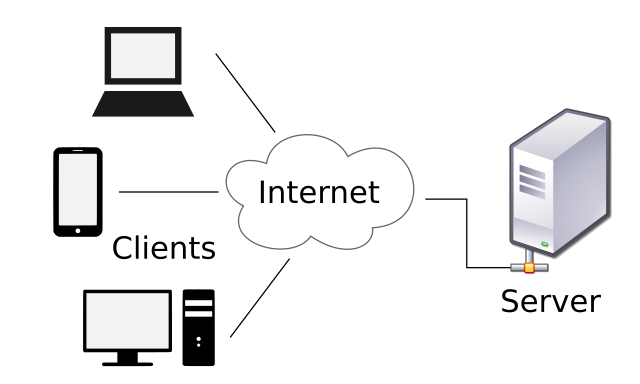
Unit description:
This unit specifies the competencies required to understanding networking and distributed systems concept. It involves understanding networking and distributed systems, distributed system architectures, distributed processing and file management, setting up a network in a distributed environment understanding data communication standards and IP addressing and troubleshooting a network.
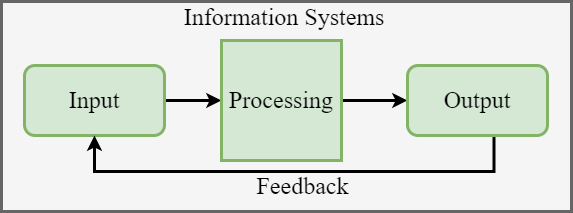
Unit Description
This unit covers the competencies required to develop an information system. It involves understanding fundamentals of information systems, understanding the software development process, demonstrating human computer interaction principles, understanding the VB.net programming environment and developing and testing a VB.NET application.
Summary of Learning Outcomes
1. Understand fundamentals of Information Systems
2. Understand the Software Development Process
3. Demonstrate Human Computer Interaction Principles
4. Understand the VB.NET programming environment
5. Develop and test a VB.NET application
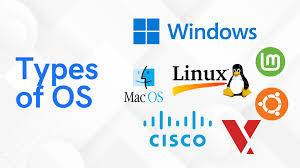

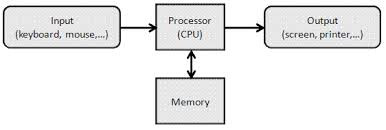
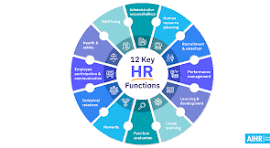
This unit specifies the competencies required to coordinate human resources functions. It involves
undertaking operational planning and job and resource allocation, implementing departmental
teamwork strategy, monitoring team performance, appraising, rewarding and penalizing employee
performance, preparing performance improvement plan, involves maintaining organizational culture,
coordinating organization change and preparing departmental team report.

This unit specifies competencies required to process farm products (Agro-processing) / (value
addition). It involves identification of products for value addition, determine
technology/machines and equipment to use, process products to flour and flour products, process
vegetables into juice and vegetable products, process fruit into juice, wine and products, process
herbal products, process animal products (milk, pork, beef, chicken, fish, rabbit and bee
products), process animal products (milk, pork, beef, chicken, fish, rabbit and bee products) and
Package processed products.

UNIT DESCRIPTION
This unit specifies the competencies required to apply principles of business law ; It involves
demonstrating the understanding law, applying law of Persons, law of tort, law of contract, law
of sale of goods, hire purchase contracts, law of agency, law of negotiable instruments, the law

This unit specifies competencies required to understand agricultural extension and rural sociology.it involves understanding of paradigm shift, understanding of government procedures, understanding of rural social sociology and understanding of farmers training and visits.

UNIT DESCRIPTION:
This unit describes the competencies required to manage
front office operations. It involves handling
organization’s visitors’ enquiries and official
appointments, as well as maintaining reception area,
visitors’ register, reference materials, internal directory,
official diary and entertaining organization’s visitors.

This course is designed to enhance your ability to effectively communicate in both personal and professional settings. It covers the fundamentals of verbal and non-verbal communication, active listening, and the importance of body language. The course also explores strategies for effective writing, presenting ideas clearly, and adapting communication styles to different audiences. Through interactive activities and real-life scenarios, you’ll develop confidence in managing conflicts, giving feedback, and building rapport. By the end of the course, you will have a comprehensive toolkit to improve your interpersonal interactions and foster stronger relationships.

Unit description
This unit covers the competencies required for creating and maintaining small scale business,
establishing small business customer base, managing and growing a micro/small-scale business.
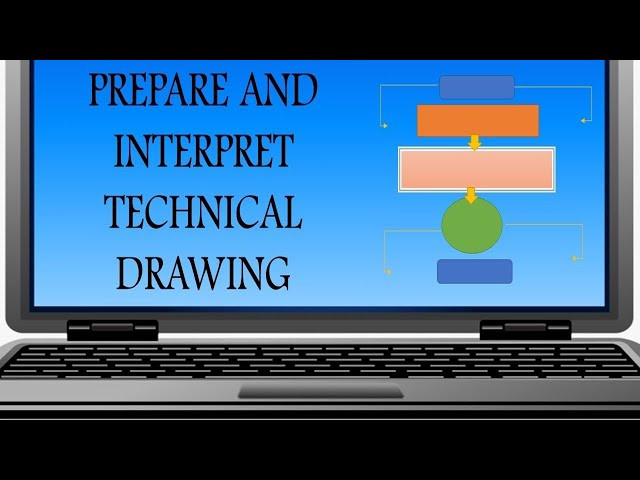
This unit covers the competencies required to prepare and interpret technical drawings. It
involves competencies to select, use and maintain drawing equipment and materials. It
also involves producing plain geometry drawings, solid geometry drawings, pictorial and
orthographic drawings and application of Computer Aided Design (CAD) packages.
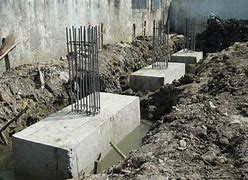
his Unit describes the competencies required to execute substructure works. It involves
excavating, leveling and concreting foundation trenches, constructing foundation wall and
solid ground floor
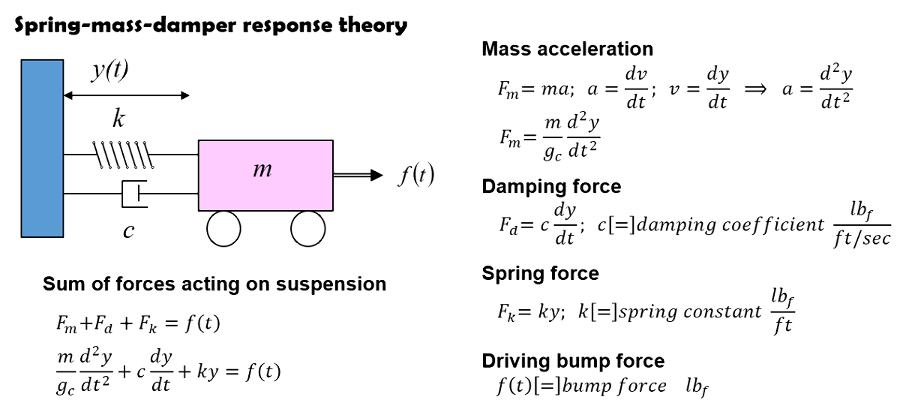
A Diploma in Control Systems is an educational program that focuses on the principles and techniques used in controlling dynamic systems, such as electrical, mechanical, and industrial processes. It typically covers the design, analysis, and implementation of control systems used in automation, robotics, and manufacturing industries.
The course includes subjects like:
Graduates often pursue careers in automation, robotics, and process control, applying their knowledge to design and optimize systems in industries like manufacturing, energy, and transportation.
This unit covers the competencies required to prepare and interpret technical drawings. It involves competencies to select, use and maintain drawing equipment and materials. It also involves producing plain geometry drawings, solid geometry drawings, orthographic drawings and Electrical drawings

This unit describes the competencies required by a technician in order to apply a wide range of Electrical principles in their work.
This unit specifies the competencies required to plan, prepare and present various meat
dishes. It requires the ability to select, prepare, and portion meat using relevant equipment,
cooking and food storage methods.

This course is designed to equip students with the essential skills needed to succeed in the modern workplace. Focused on enhancing both personal and professional growth, it covers key areas such as communication, teamwork, problem-solving, time management, and adaptability. Through practical exercises, case studies, and interactive discussions, students will develop a comprehensive understanding of workplace expectations and gain the confidence to navigate job applications, interviews, and professional relationships. This course also addresses digital literacy, networking, and career development strategies to ensure students are well-prepared for a competitive job market. Whether you're entering the workforce for the first time or looking to improve your skills, this course provides the foundation for long-term career success.
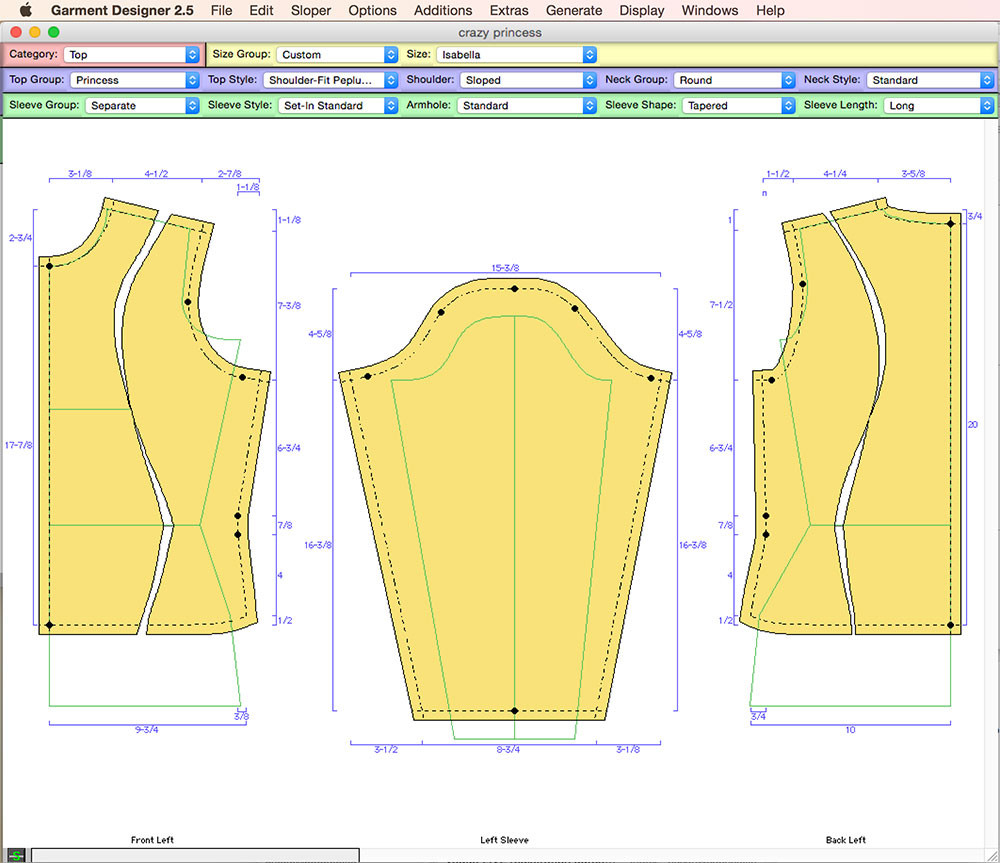
This unit covers the competencies required to design and construct garments. It involves planning for design and construction of garments, sketching, illustrating and designing selected garments, constructing and cutting the garment pattern pieces. It also entails laying and cutting garment pieces, constructing the garment, finishing, accessorizing, displaying the garment and developing a garment portfolio.

Cereals vegetables fruits and nuts are food commodities. They are classfied into four categories
1.Green grocery
2.Dry grocery
3.Dairy
5.Butchery

This unit covers competencies required to effectively apply work ethics and practices. It involves the ability to: conduct self-management, promote ethical work practices and values, promote teamwork, manage workplace conflicts, maintain professional and personal development, apply problem-solving and promote customer care.

Online Learning Training of Trainers (ToT)